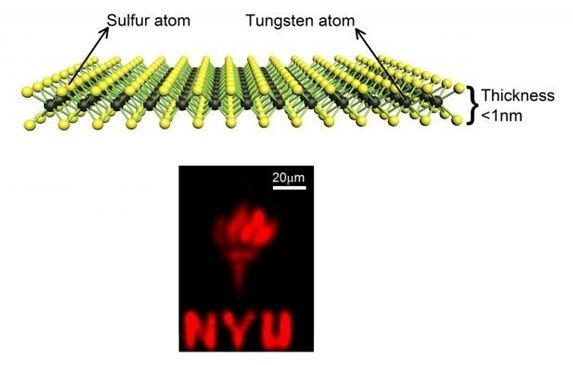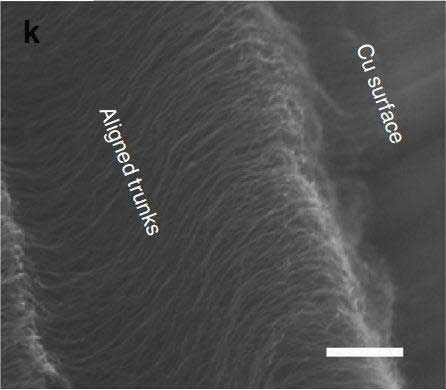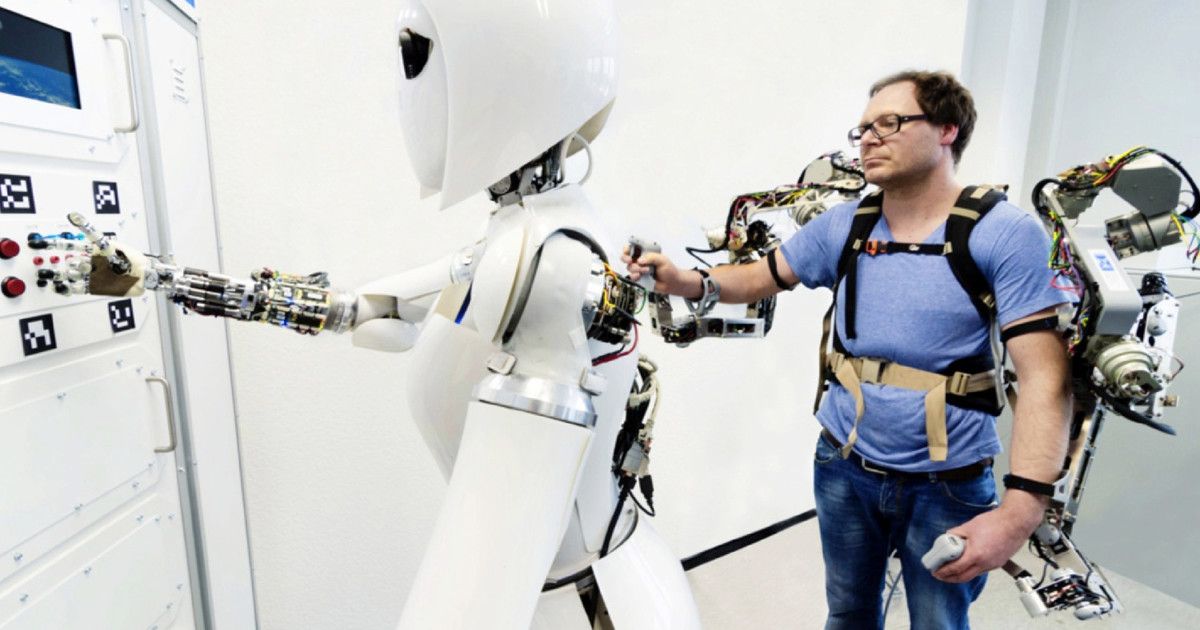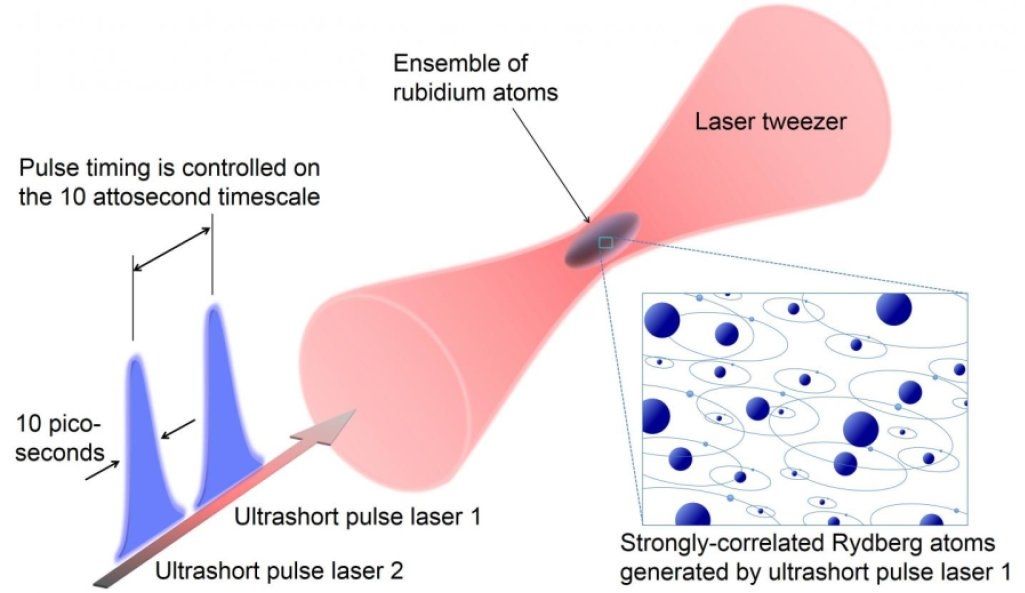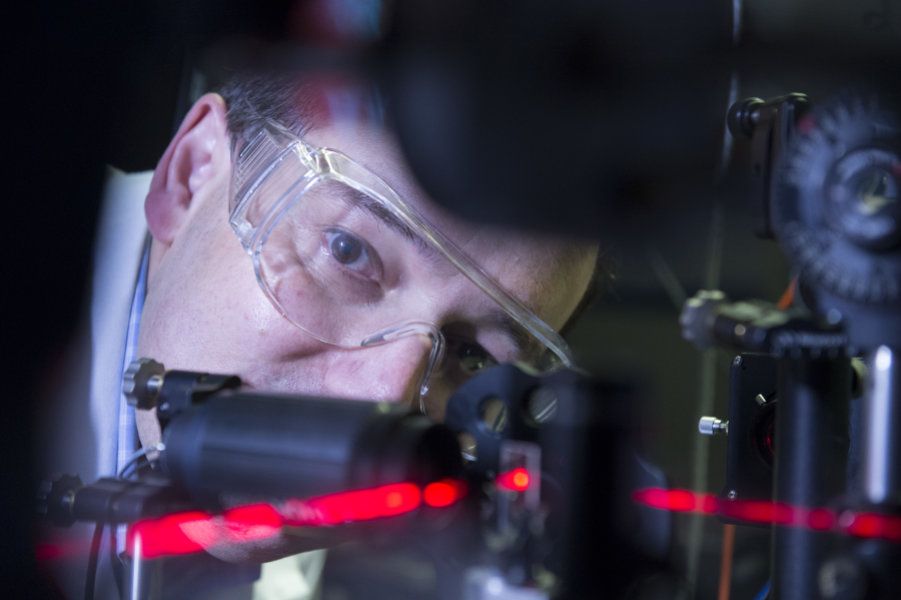Nov 16, 2016
Solar-energy paradigm for generating singular nanomaterials
Posted by Karen Hurst in categories: nanotechnology, solar power, sustainability
Immensely concentrated sunlight provides a novel method for the synthesis of many nanomaterials that possess remarkable photonic, tribological, electronic, and catalytic properties.
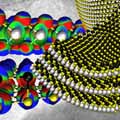
The solar paradigm of creating singular nanomaterials that possess unprecedented photonic, tribological, electronic, and catalytic properties is arguably far less familiar than the energy-saving paradigms of solar photovoltaics and solar thermal systems. Much of the research in this field has evolved over the past decade from our collaborations (i.e., between researchers at Ben-Gurion University of the Negev and the Weizmann Institute of Science, Israel).
Continue reading “Solar-energy paradigm for generating singular nanomaterials” »

